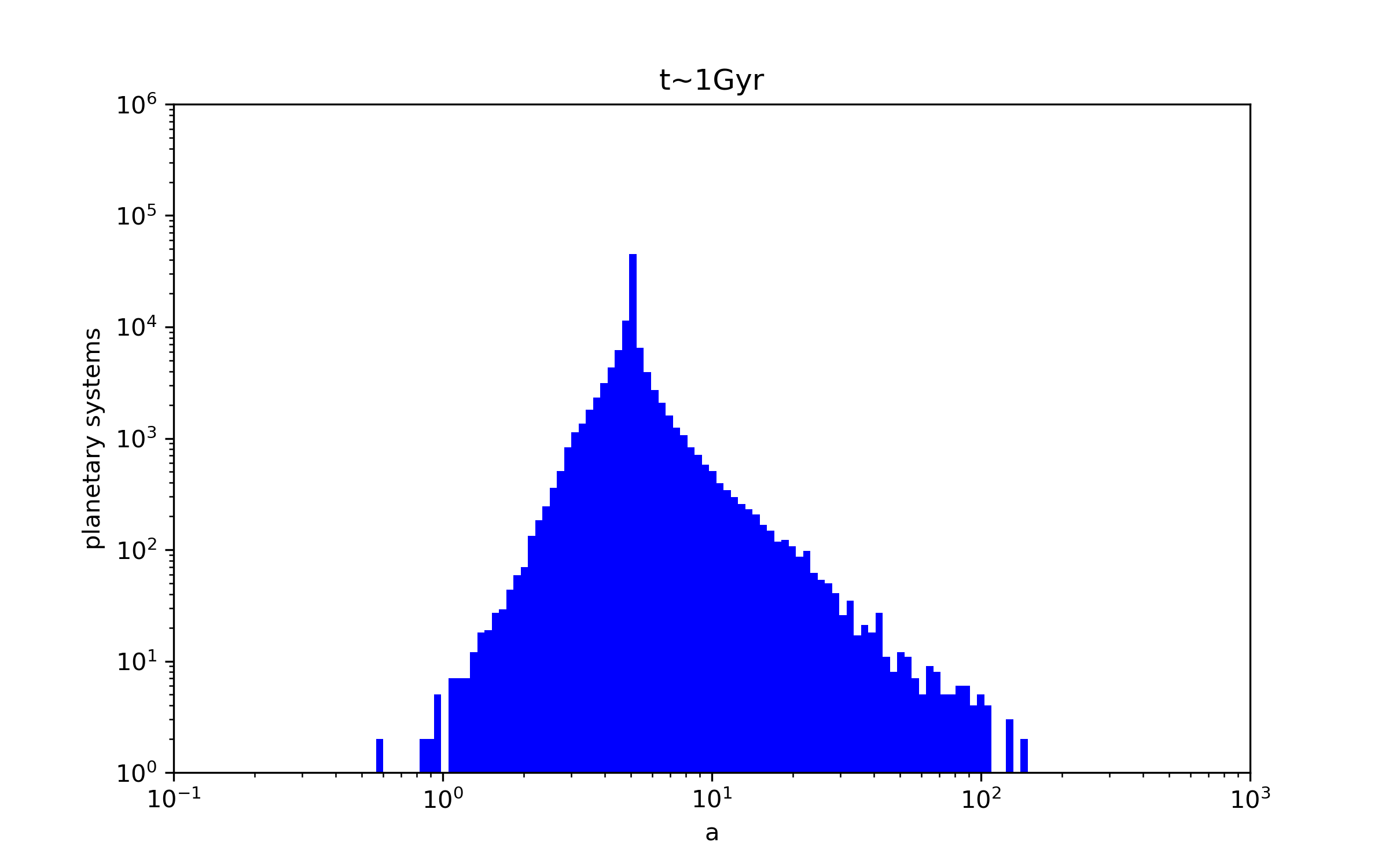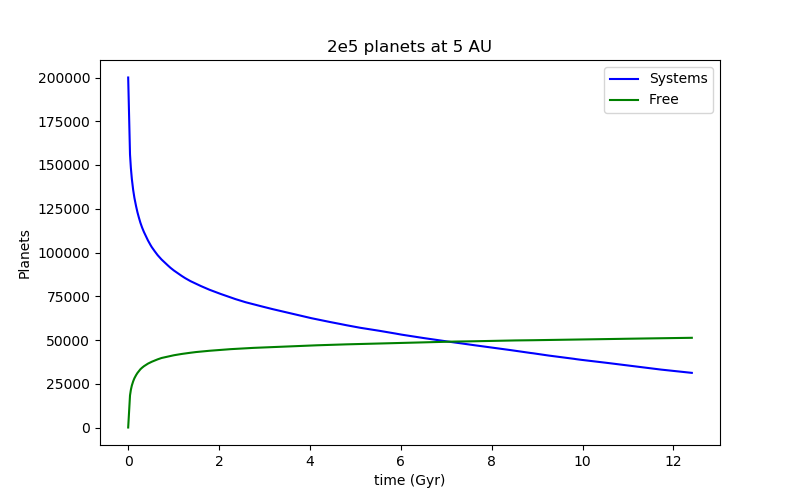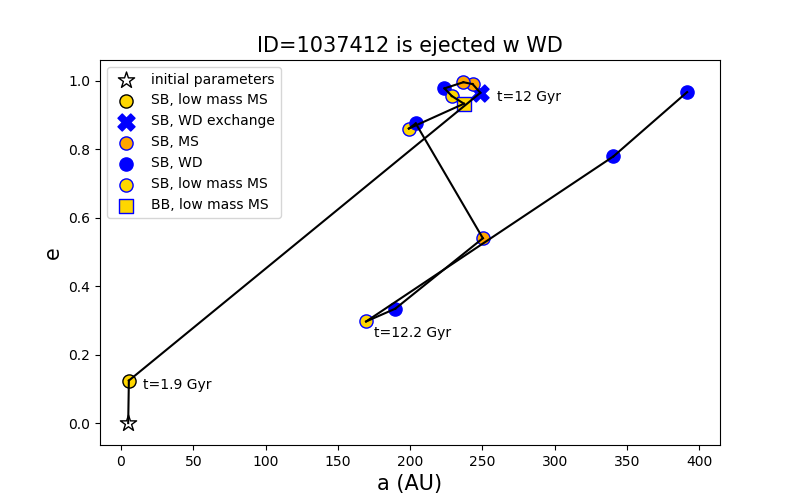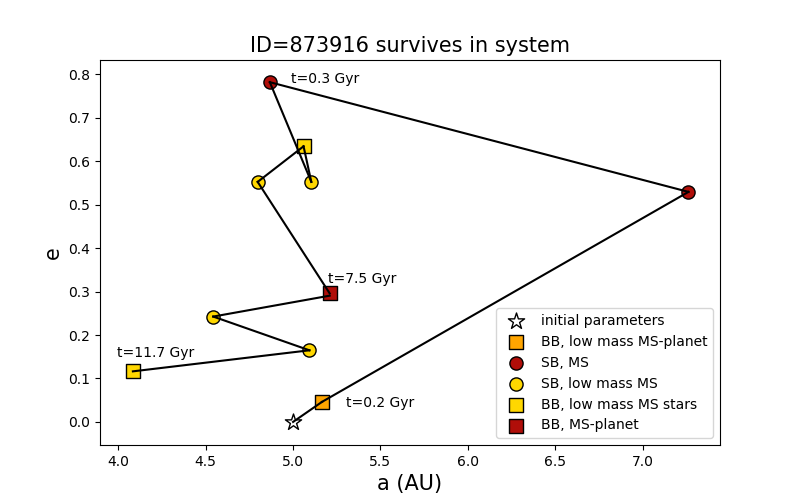Background
I am a proud member of the 2019 CIERA REU cohort at Northwestern University, where I had the privilege to work with Dr. Fred Rasio's research group. Dr. Mario Spera and Kyle Kremer were also instrumental mentors to me during my time at CIERA.
The focus of this group is dense star clusters, or globular clusters (GCs). GCs are densely packed collections of 100,000 to a million stars, found on the outskirts of galaxies. Most observed GCs have a significant population of very old stars, indicating that they may have formed early in the host galaxy's life. Simulations of GCs are used to study their formations and evolution, although modeling dense star clusters is no easy task. The proximity of stars within the cluster causes frequent dynamical interactions. We implement the Cluster Monte Carlo code (CMC) via the high performance computer Quest at Northwestern to perform these simulations. CMC is a highly parallelized Monte Carlo approach to modeling stellar dynamics in GCs, which allows us to model clusters much more quickly than the traditional N-body integration approach. CMC contains all the dynamics that are relevent to cluster evolution: two-body scatterings, 3- and 4- body strong encounters, and three-body binary formation, as well as detailed prescriptions for single and binary stellar evolution, equivalent to the most recent population synthesis studies of isolated binary evolution in galactic fields.
Planets in Globular Clusters
A variety of observations over the past several decades suggest that a large fraction of stars in the local universe host one or more planets. Still, the fate of planetary systems in dense clusters remains uncertain, mainly due to the current lack of observational data. We've used CMC to simulate the evolution of GCs composed of 8e5 stars, where 25% of stars are initialized in a binary system with a planet. For simplicity, each planetary system is constructed with the following conditions: a planet of Jupiter mass, 0.001 solar masses, in a circular orbit at 5 AU around a low mass main sequence (MS) star. We find that most planetary systems are destroyed by dynamical interactions within the first Gyr of cluster evolution, and ultimately, the cluster retains roughly 10% of the original amount of planetary systems as shown in Fig. 1. The most significant change that the shape of the SMA distribution in Fig. 1 experiences over the cluster lifetime is that the number of planetary systems slowly decreases and free planets increase. The waning number of total planets (planetary systems and free floating planets) in the cluster is mostly caused by the variety of interactions that the planetary systems undergo that result in them being ejected from the cluster.


A Gyr in the Life
Planetary systems in globular clusters may undergo several dynamical interactions with other members of the cluster over their lifetime; but a consequence of the low mass of planets is that they have extremely little influence during interactions with stars. While this makes it is generally unlikely that strong encounters resulting in exchanges or chaotic motion will occur without a third body of a mass at least comparable to the mass of the stars involved, it is still possible. An example of a planet that exchanges its stellar companion for a new one is shown in Fig. 2 on the right. This is a planet that quickly finds itself on the right side of the SMA and eccentricity distributions and is ultimately ejected (in a binary system) from the cluster. The life of the planet on the left side of Fig. 2 counters that shown on the right, other than the fact that they both remain in systems. The planet on the left undrgoes no exchanges and the system becomes more tightly bound over time.


Background Photo Credit: M79 NASA and ESA Acknowledgement: S. Djorgovski (Caltech) and F. Ferraro (University of Bologna)